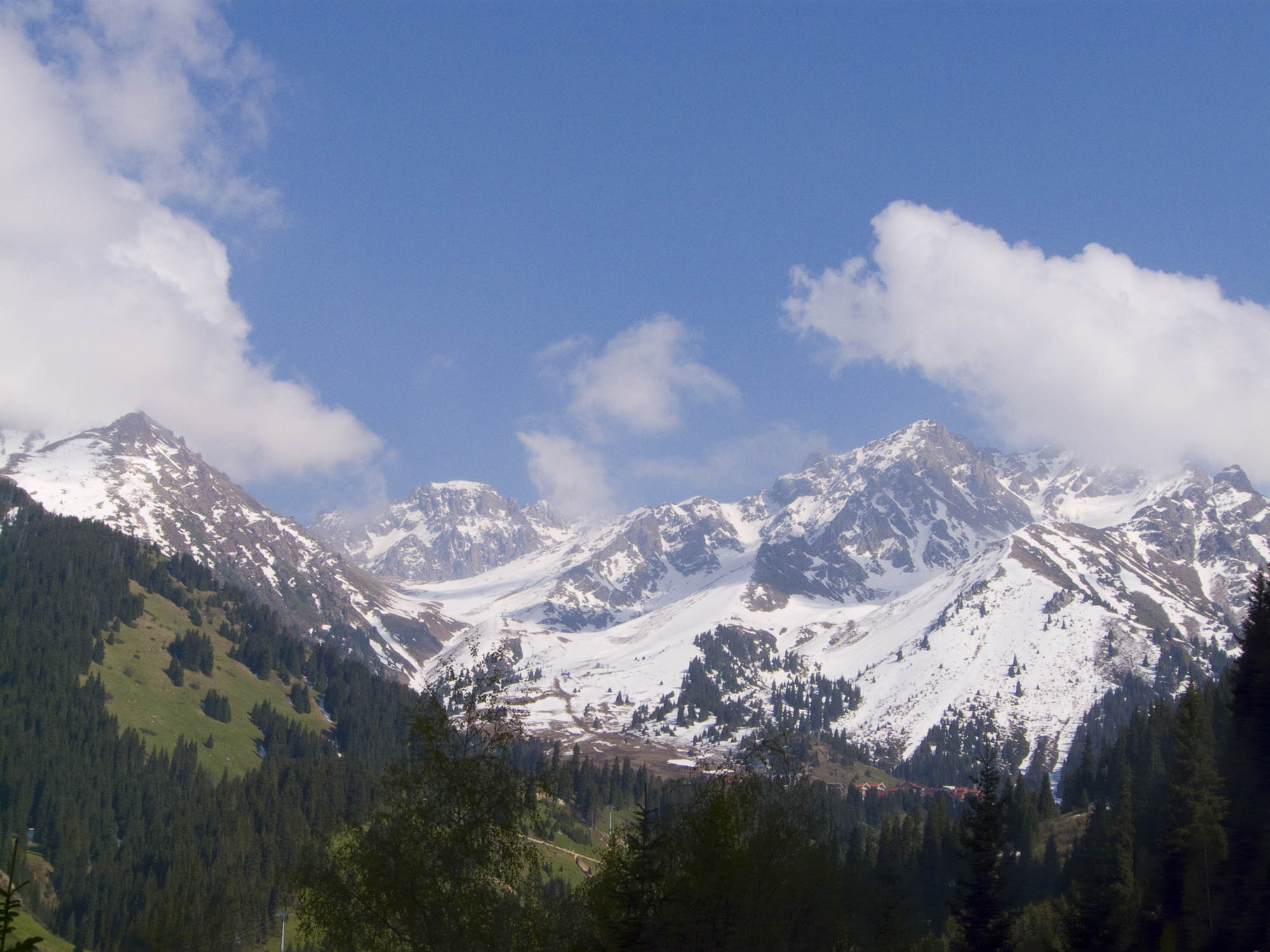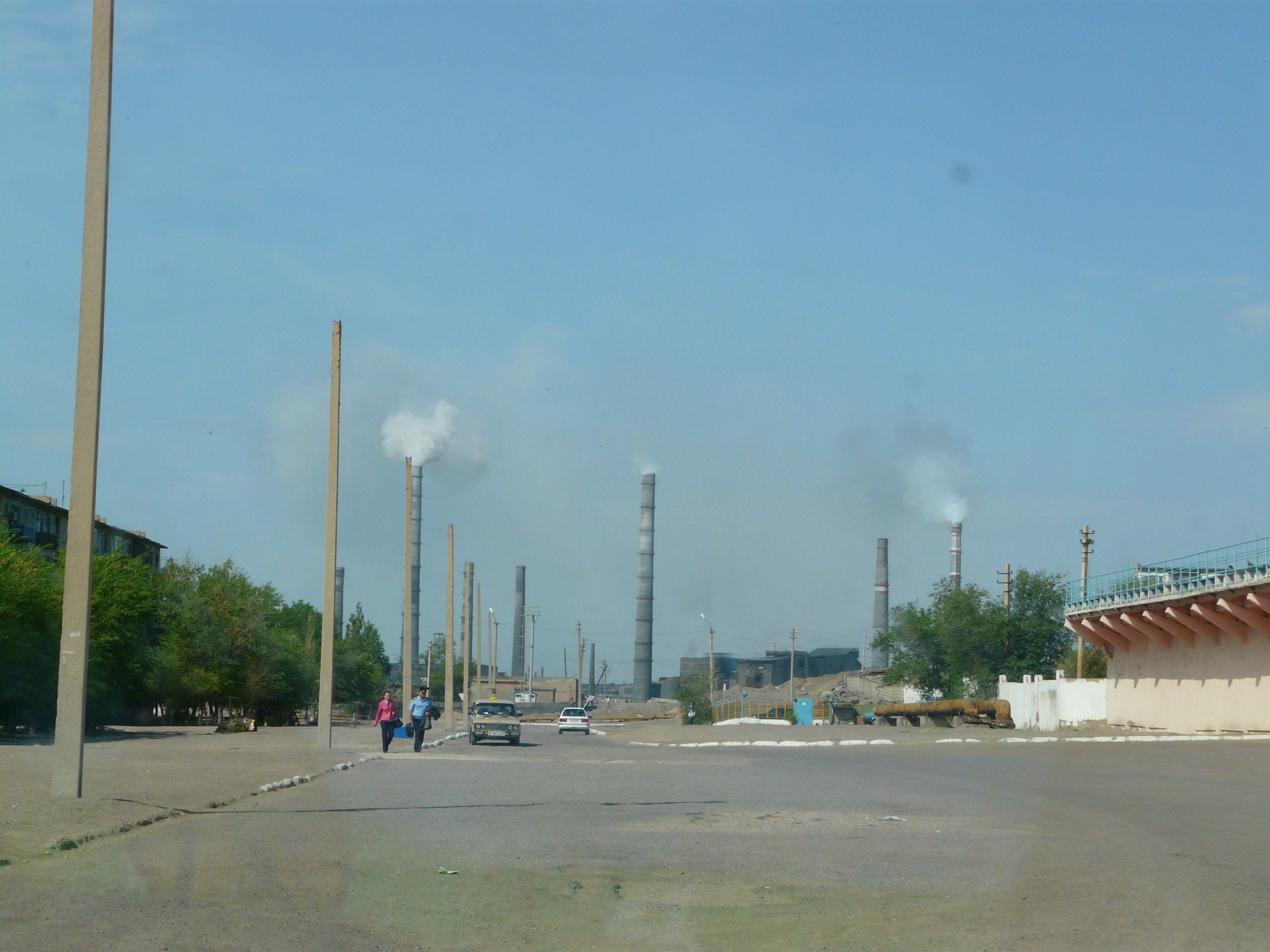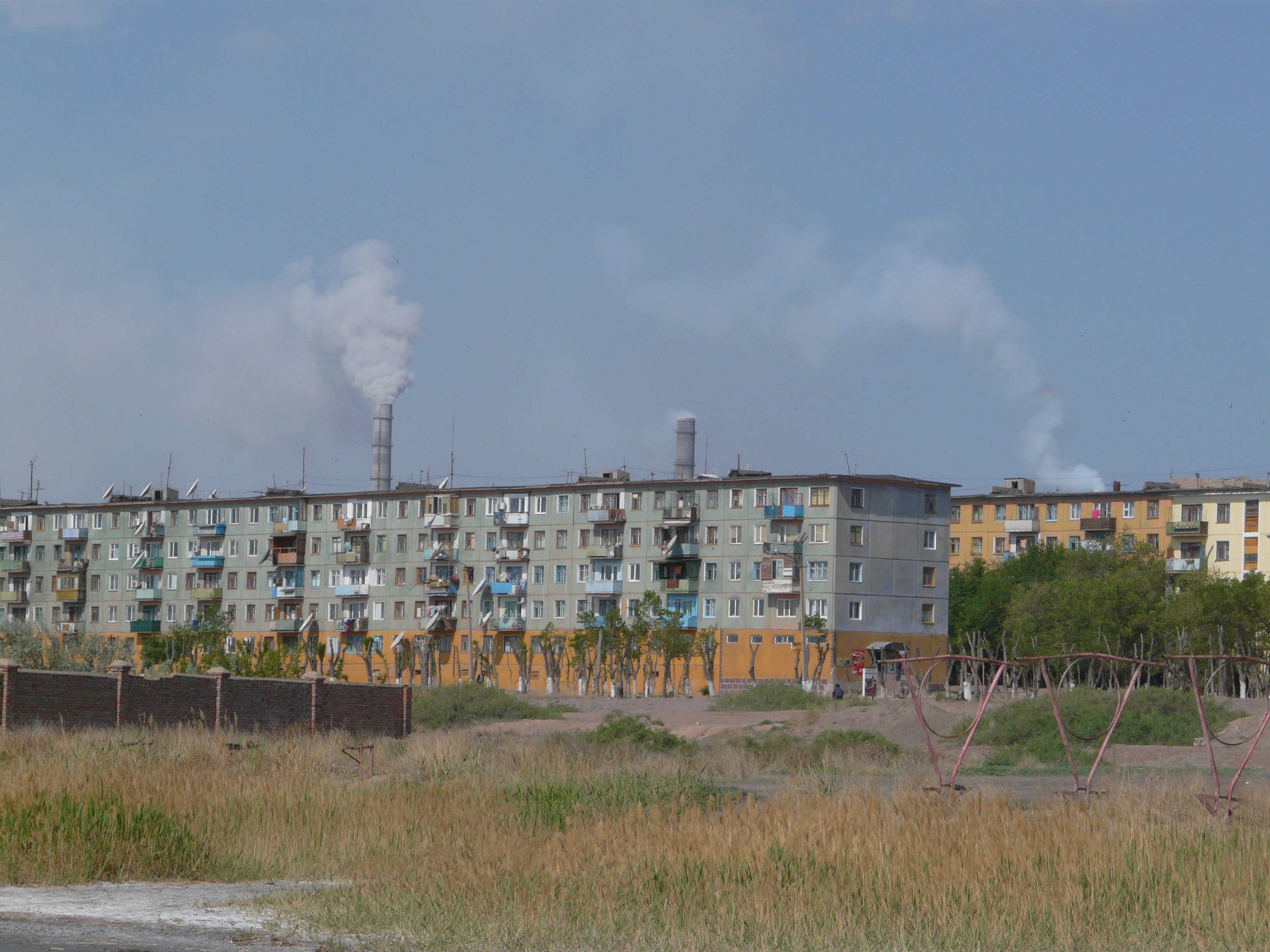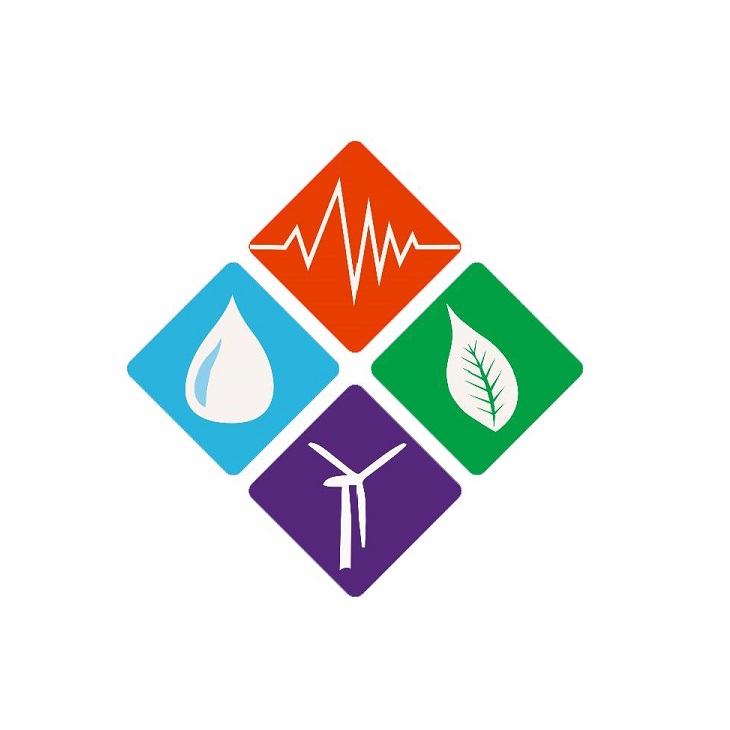Kazakhstan
The Republic of Kazakhstan is located in the central part of Eurasia, bordering China, Kyrgyzstan, Turkmenistan, Uzbekistan and Russia. Most of the country’s territory consists of deserts — 44% and semi–deserts — 14%. Steppes occupy 26% of the country’s area, forests — 5.5%. Kazakhstan is the world’s largest landlocked country, the largest and northernmost Muslim-majority country by land area, and the ninth-largest country in the world with the area of 2,7 million square kilometers. It has a population of 19.4 million people, and one of the lowest population densities in the world, at fewer than 6 people per square kilometre. The country’s GDP was 191 billion USD in 2021 (about 60% of whole Central Asia region). The Republic is divided into 17 regions and 3 cities of republican significance.

The remoteness from the oceans determines the “extreme” continental climate of the country, with hot summers and very cold winters. Indeed, Astana is the second coldest capital city in the world after Ulaanbaatar.

Major environmental problems in the country
Kazakhstan has many kinds of problems with environmental pollution, including:
- radioactive contamination from uranium mining and testing nuclear weapons;
- obsolete pesticides such as DDT and other organochlorines;
- toxic heavy metals pollution of soil, water and air in numerous mining areas and centers of ore processing and metals production;
- oil pollution of soil and Caspian Sea environment from oil and gas production;
- water pollution from industry and agriculture;
- air pollution from various sources


One example of radioactive contamination is the Semipalatinsk nuclear weapons testing site, where 456 nuclear tests were done. The radioactive elements from those tests still contaminate the environment, and people who live close to the site have rates of cancer.
Another famous environmental problem of Kazakhstan and Central Asia is the lowering of the water level of the Aral Sea. Formerly the fourth largest lake in the world with an area of 68,000 km2 (26,300 sq mi), the Aral Sea began shrinking in the 1960s after the water from rivers Syr Darya and Amu Darya were diverted to cotton production and other irrigation projects. By now the Aral Sea has reduced to about 10% of its original size and split into four lakes: the North Aral Sea, the eastern and western basins of the once far larger South Aral Sea, and the smaller intermediate Barsakelmes Lake. The fate of Aral Sea may repeat with the Lake Balkhash where the water level is also decreasing because of excessive use of water from feeding rivers.
Implemented projects in Kazakhstan
- Projects related to energy efficiency – 1 (holding a public environmental hearing on the topic: “Energy-efficient, energy-saving environmentally friendly technologies”);
- Projects on water bodies – 2 (study of the state of water sources in Akmola region; conducting research of drinking water quality management).
- Environmental education projects – 7 (organization and holding of the 5th and 6th youth meetings of the ecological network of Central Asia; organization and holding of the 1st and 2nd youth environmental forum; holding a series of environmental actions ENERGY BOOM; environmental education of schoolchildren; studying the needs of the community in the field of preschool education);
- Chemical safety projects – 4 (organizing National Youth environmental forums in Uzbekistan, Turkmenistan on chemical safety; assessment of the presence of lead in paint for household use; “Clean Toys”; Conducting an advocacy campaign to exclude mercury-containing products that pose the greatest danger to human health and the environment of Central Asian countries);
- Additional projects: pilot project on strategic environmental assessment; “Clean air, air monitoring in Atbasar”; public hearings on the reclamation of uranium tailings dumps; organization of a meeting of Central Asian experts in the field of international environmental policy; holding the “Clean Coast” campaign.
Proposed future projects
- Projects to reduce the risks associated with obsolete pesticides in Kazakhstan;
- Air monitoring, National Air Pollution Assessment;
- Food safety (testing for nitrates, nitrites, heavy metals);
- Reduction of impacts of lead on human health in industrial cities (Shymkent, Ust-Kamenogorsk, Ridder, Balkhash);
- Environmental education of teachers and children;
- Assessment of spices and baby food for heavy metal content.


